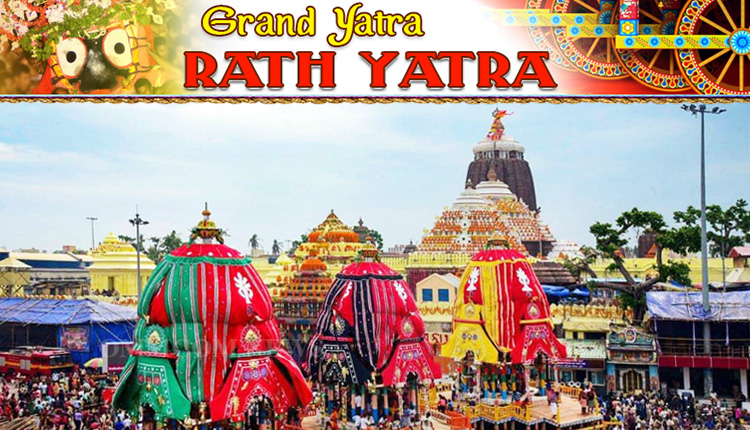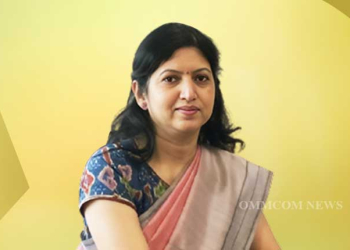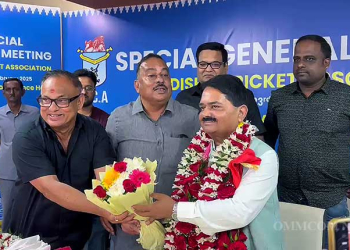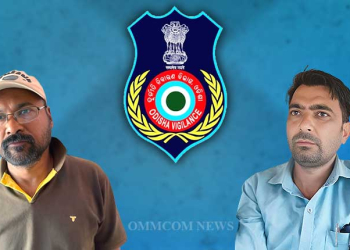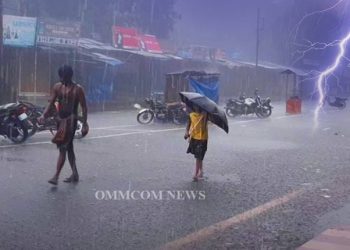Bhubaneswar: The world famous Rath Yatra of Puri is celebrated on ‘Ashadha Sukla Dwitiya’, the second day of the bright fortnight of Ashadha month every year. Devotees throng Puri from across the country and abroad to witness the Lords come out of Shree Jagannath Temple, once every year.
Thousands of devotees wait keenly for this festival to hold the divine ropes and pull the chariots. This year, devotees are overjoyed to attend the festival after a gap of two years due to the restrictions triggered by the COVID-19 pandemic.
On the occasion of the Rath Yatra, here are some interesting facts about the centuries old festival:
Ratha Yatra is one of the oldest festivals of India and is also celebrated internationally.
The festival is celebrated to commemorate Lord Jagannath and his siblings’ visit to Gundicha Temple through Mausi Maa Temple in Puri.
The deity forms of God Jagannath, Balabhadra, and Subhadra are decorated on chariots and are rolled to Puri every year, celebrating the Ratha Yatra.
The chariots of the deities are newly built every year. Jagannath’s chariot is called Nandighosa, the chariot of Balabhadra is called Taladhwaja and the chariot of Subhadra is called Dwarpadalana.
The total number of wheels on Lord Jagannath’s chariot are 16, Lord Balabhadra’s chariot are 14, and Subhadra’s chariot are 12.
During the festival, the deities are decorated with over 208 kg gold.
During the colonial rule, the British rulers named the festival as ‘Juggernaut’ due to the large and heavy chariots.
Important rituals observed before and after the Ratha or Ghosha Jatra:
Snana Yatra: The Snana Yatra is held on ‘Jyestha Purnima’ when Lord Jagannath, Balabhadra, and Devi Subhadra along with Sudarsana are brought to the Snana Mandapa for bathing.
Anavasara: During Anavasara after Snana Yatra, it is believed that Lord Jagannath becomes sick and suffers from fever. The Daitas (servants of Lord Jagannath) take care of Lord Jagannath. He is not seen in the temple during this period.
Naba Jaubana Besha: After staying at the Anavasara Ghara for a fortnight, the Lord becomes youthful again and looks as attractive as ever.
Bahuda Yatra: In Bahuda Yatra, the deities are brought back to their respective chariots and the Rath is pulled back to the main temple.
Suna Vesha: On Bada Ekadasi, the deities are dressed in Suna Vesha, made of pure gold and attached to the deities. They are adorned with gold ornaments.
Few other names of the Yatra: The festival is also known as Gundicha Jatra, Ghosa Jatra, Navadina Jatra, Dasavatara Jatra, and a variety of other names. For the devotees and believers, it is considered the most auspicious occasion.
Uniqueness of Rath Yatra: The most important aspect of Puri Rath Yatra is that the presiding deities come out of the sanctum to take part in the yatra. This does not happen in the most important Hindu temples in the world.



